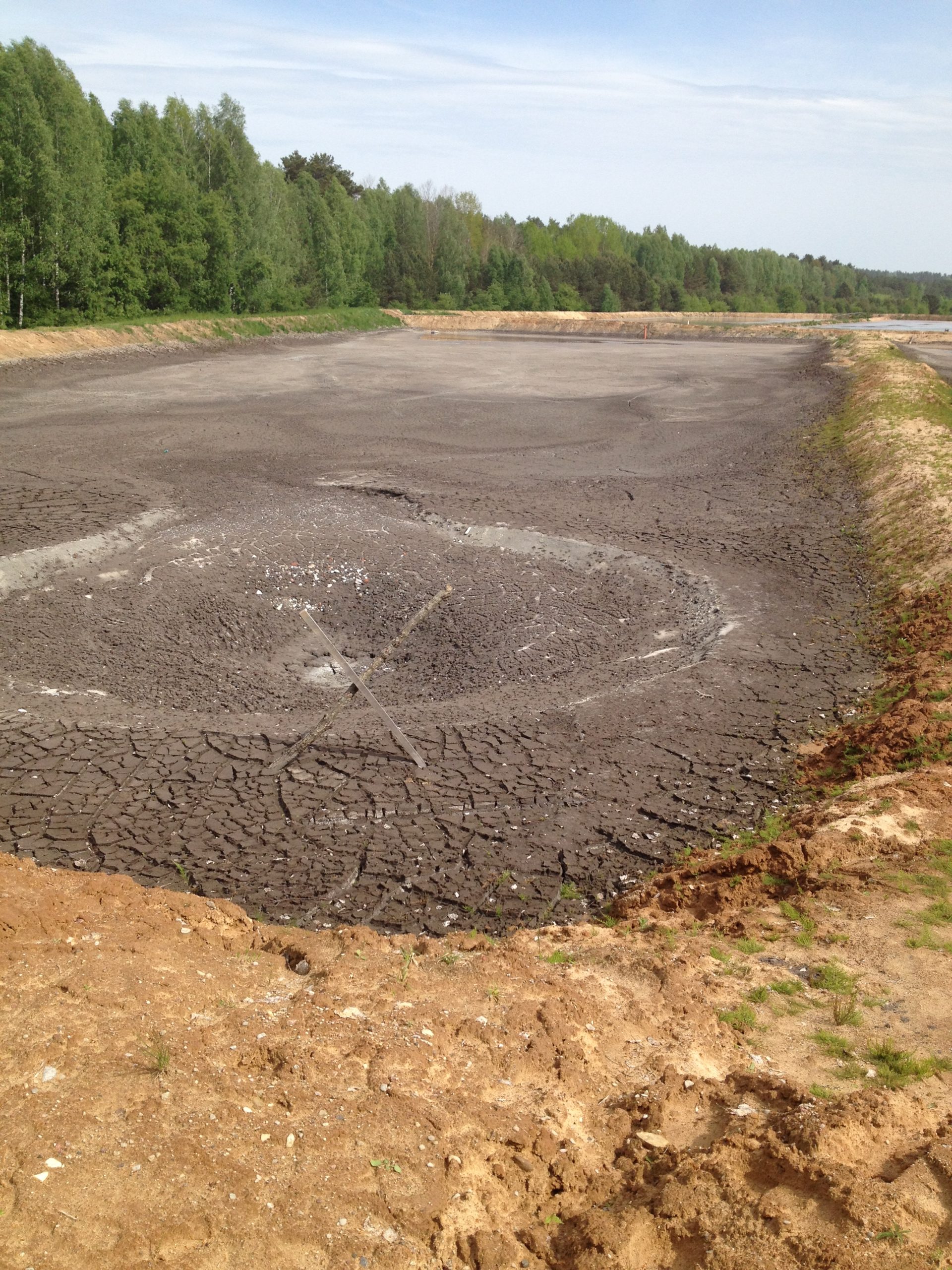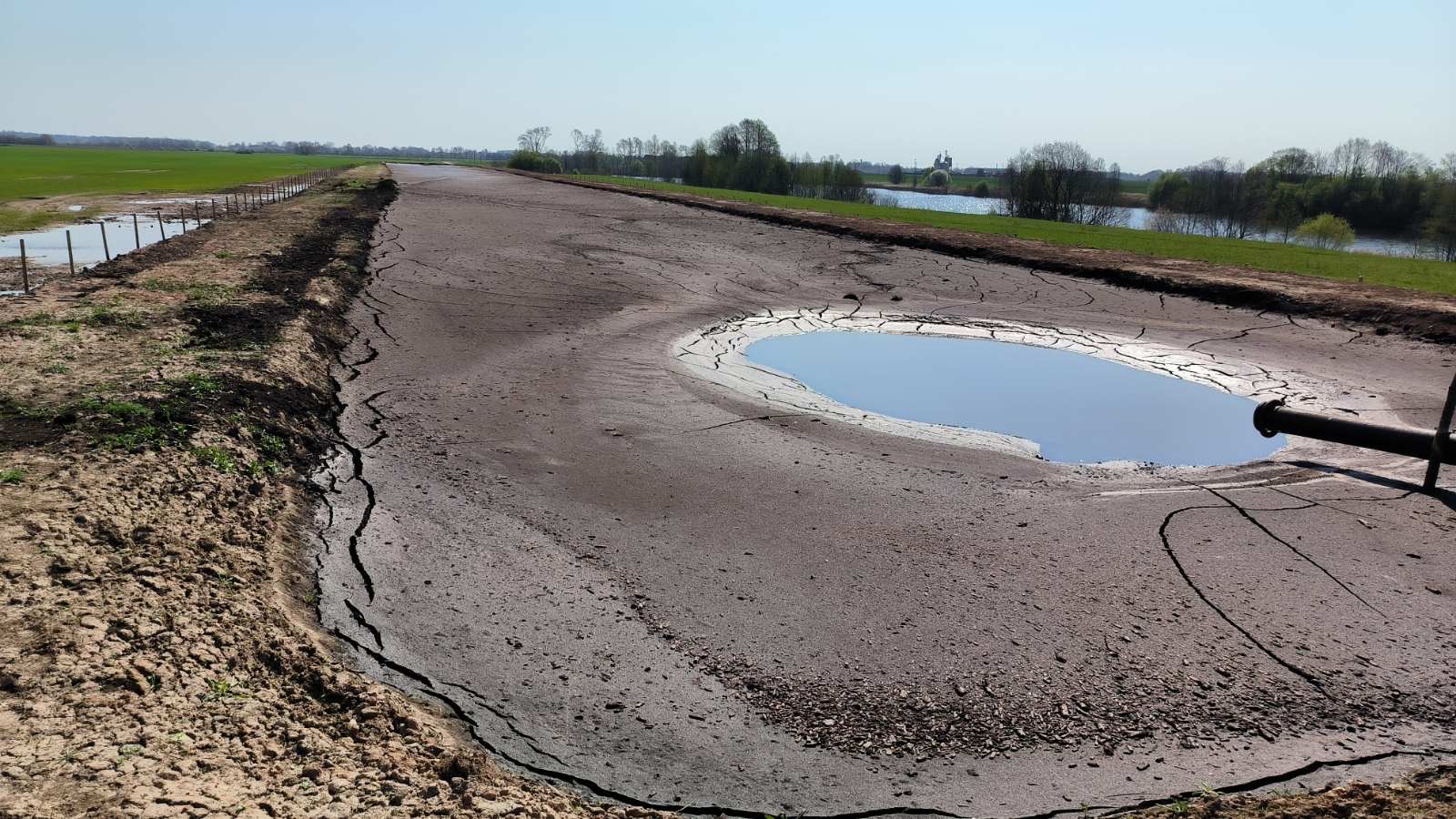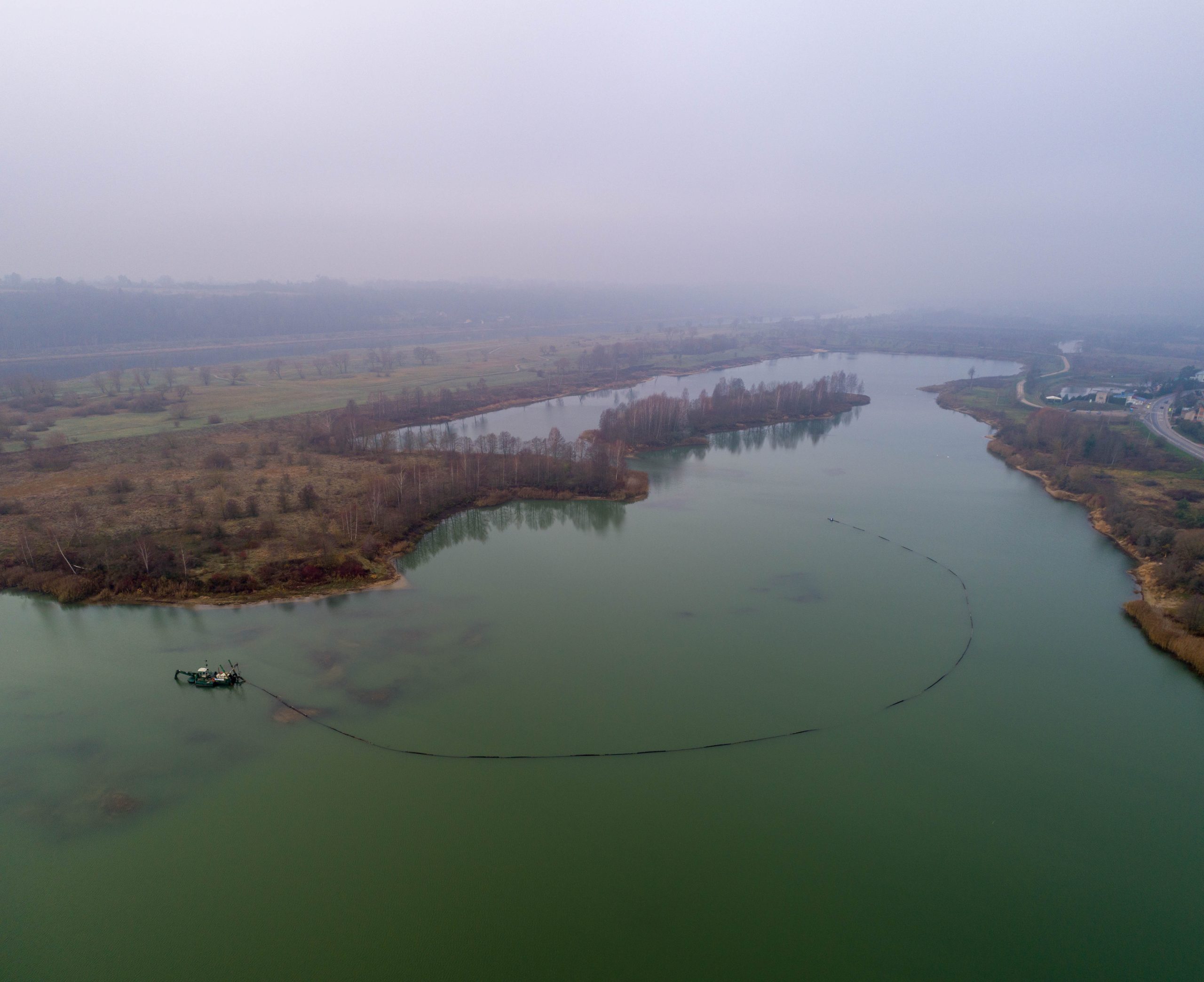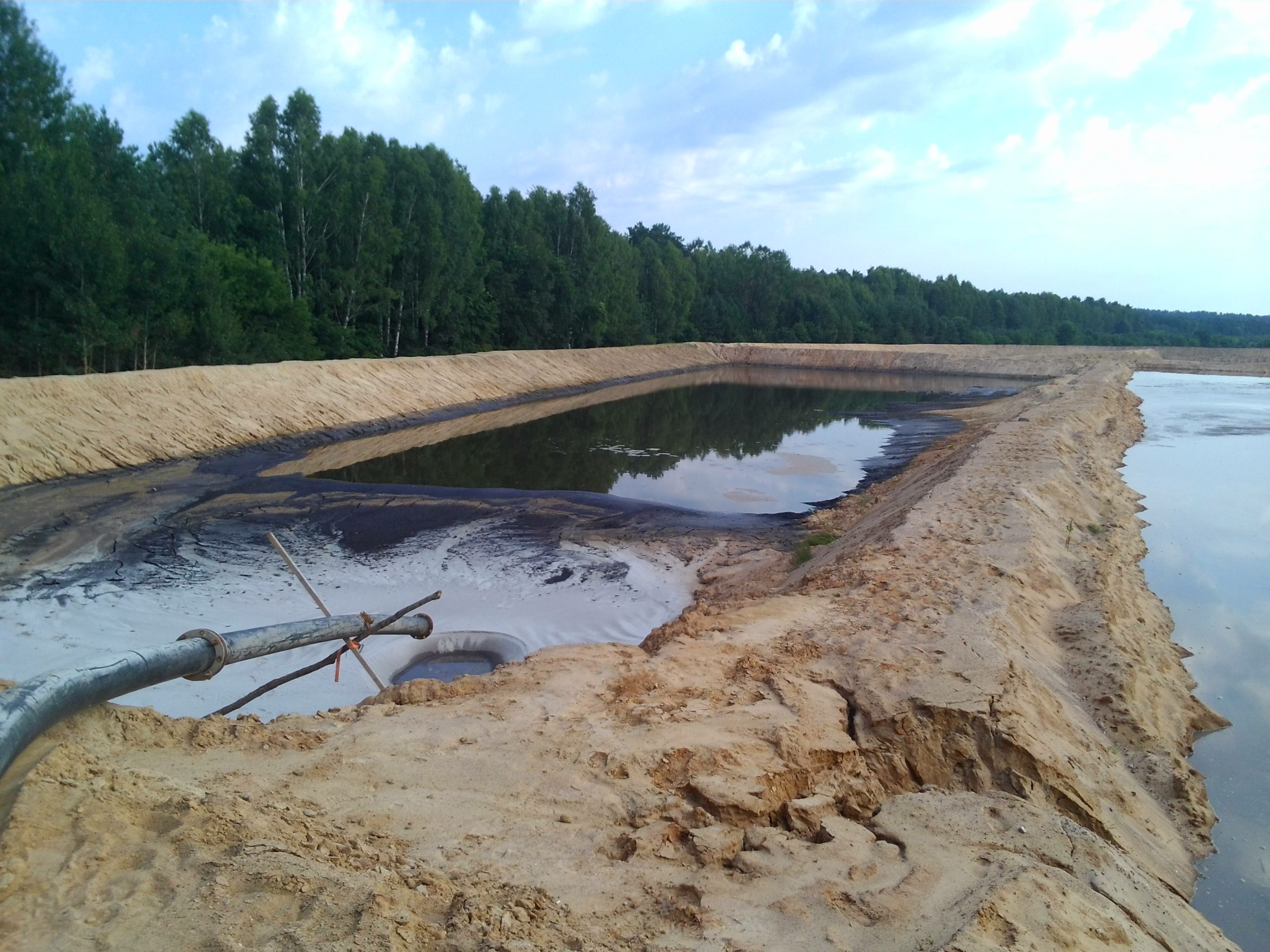What is sludge pumping?
Lakes, rivers, peatlands, and other bodies of water are faced with an excess of silt, so it is necessary to maintain the balance of silt in these bodies. Aquatic vegetation in or near water, their decomposing remains turn into sludge over time. As it accumulates, the ecosystem of the water body changes, the water becomes acidic and the condition of the water body gradually deteriorates, recreational activities are significantly limited, swamping begins, and various fish species disappear. Sludge pumping involves the removal and transport of sludge from bodies of water to land-based soil settlers. Lake sludge can be used to improve soil quality, in agriculture.
How is sludge removal done?
The sludge removal suction method uses technology with a sludge suction attachment. The process begins by pumping the sludge from the water body using a multipurpose “Watermaster Classic” dredger, whose sludge pump is connected to an underground pipeline that can transport the sludge up to 1.5 km. of distance In addition, the dredger we use has a considerable maximum suction depth of 5.4 m, so sludge removal can be carried out not only in shallow areas of the water body, but also in deeper areas of lakes, rivers, canals, and ponds.
After the mud pumping work is done, the further silting process of the water body can be prevented by destroying unwanted water vegetation. Ideal for this process is the multi-functional “Watermaster Classic” dredger, which effectively uproots invasive aquatic plants with roots from a pond or other body of water and ensures that they do not re-appear for at least 5 years. Another technology we use, the “Truxor”, cuts aquatic vegetation as it has cutting attachments and rakes that can pick up floating plants and other aquatic debris.
More than 15 years of experience of our team of specialists ensures smooth sludge pumping and sludge prevention. By effectively removing sludge from water bodies, by pumping the sludge and transporting it a long distance from the water body, a clean and unpolluted environment is maintained. In addition, water clarity increases, unwanted aquatic plants are eradicated, making the water more attractive for swimming, fishing, boating. Proper desilting by pumping prevents sediment build-up and ensures better water flow, creating safe conditions for recreational activities.






